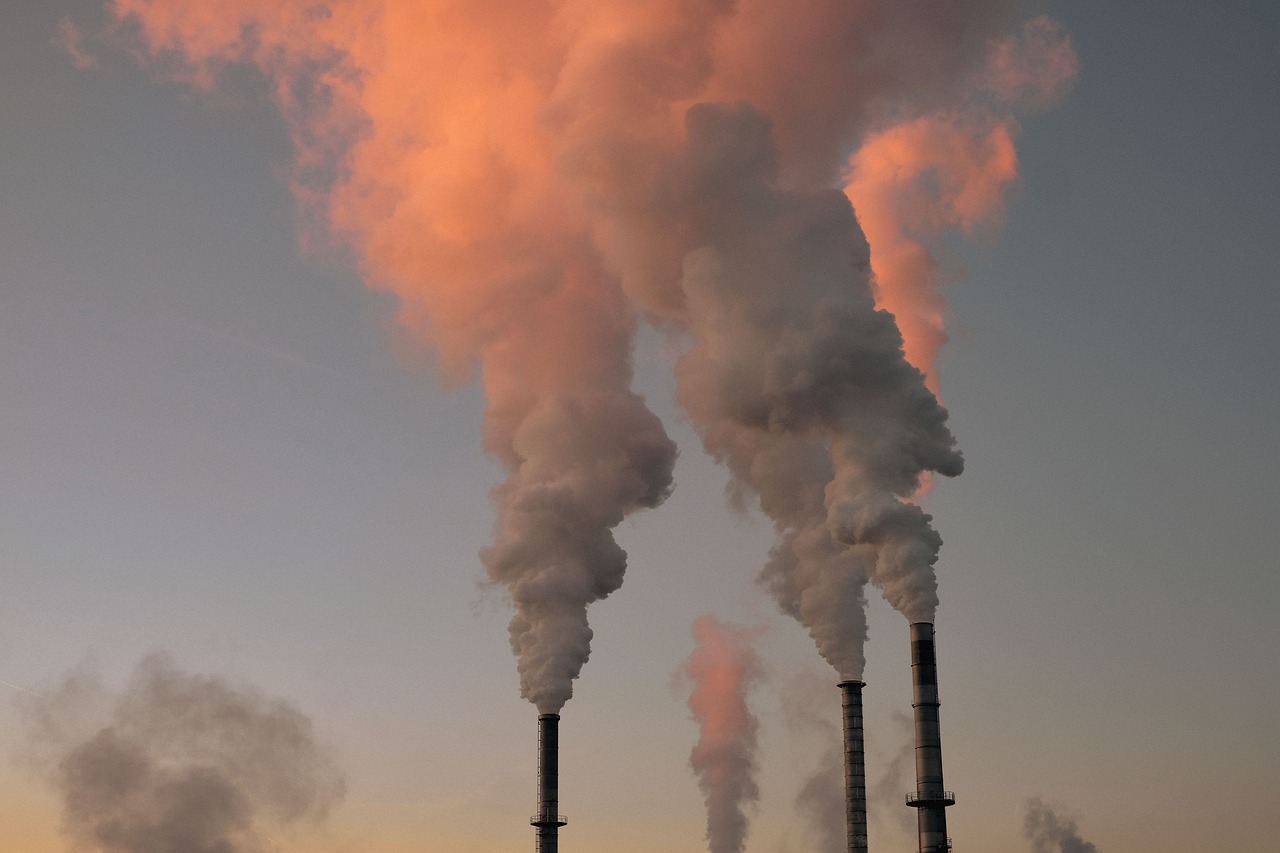China’s rapid industrialization and urbanization have brought about remarkable economic growth but have also posed significant challenges, one of which is air pollution. Over the years, China has struggled with high levels of polluted air, particularly in densely populated urban areas. This article delves into the issue of Chinese polluted air, exploring its causes, impacts, and the initiatives undertaken to combat this pressing environmental concern.
Causes of Air Pollution
The primary causes of air pollution in China are industrial emissions, vehicular exhaust, coal-fired power plants, and residential heating systems. Industrial activities and the burning of fossil fuels release harmful pollutants such as sulfur dioxide, nitrogen oxides, and particulate matter into the atmosphere. Rapid urbanization has led to increased energy consumption and a surge in vehicle ownership, further exacerbating air pollution levels.

Health Impacts
Polluted air in China has detrimental effects on human health, contributing to respiratory illnesses, cardiovascular diseases, and other health complications. Fine particulate matter (PM2.5), which consists of tiny airborne particles, can penetrate deep into the lungs and enter the bloodstream, posing significant health risks. Prolonged exposure to polluted air has been linked to reduced lung function, increased mortality rates, and a higher prevalence of respiratory ailments among the population.
Environmental Consequences
Air pollution in China also has severe environmental consequences. It contributes to acid rain, which damages ecosystems, degrades soil quality, and harms aquatic life. Pollutants emitted into the air can also lead to the formation of smog, reducing visibility and impacting the overall aesthetic quality of the environment. Additionally, air pollution contributes to climate change, as certain pollutants act as greenhouse gases, trapping heat and contributing to global warming.
Government Initiatives
Recognizing the urgency and magnitude of the issue, the Chinese government has implemented various initiatives to combat air pollution. The “Action Plan for Air Pollution Prevention and Control” was introduced in 2013, aiming to reduce air pollution levels through stricter emission standards, increased monitoring, and the promotion of cleaner technologies. The government has invested in renewable energy sources, such as wind and solar power, to reduce reliance on coal and other fossil fuels. Additionally, vehicle emission standards have been tightened, and measures have been taken to promote electric vehicles and improve public transportation systems.
International Cooperation
China has also engaged in international cooperation to address air pollution. The country has collaborated with global organizations and participated in international agreements and initiatives to exchange knowledge, share best practices, and seek innovative solutions to combat air pollution. This collaborative approach acknowledges that air pollution is a transboundary issue that requires joint efforts and cooperation among nations.

Public Awareness and Citizen Action
Increased public awareness and citizen action have played a crucial role in addressing air pollution in China. Environmental organizations, advocacy groups, and concerned citizens have raised awareness about the impacts of polluted air, encouraging individuals to adopt more sustainable practices and pressuring the government and industries to take necessary actions. Social media platforms and online platforms have facilitated the dissemination of information and sparked conversations about air pollution, fostering a sense of environmental consciousness among the Chinese population.
China’s battle against polluted air remains a significant challenge, but substantial efforts and initiatives have been undertaken to address this pressing issue. The Chinese government’s commitment to reducing air pollution through stricter regulations, investment in clean energy, and international cooperation signals a positive trajectory. However, sustained efforts, continued monitoring, and the active involvement of both the government and citizens are necessary to achieve long-term improvements in air quality and safeguard the health and well-being of China’s population and the environment.
